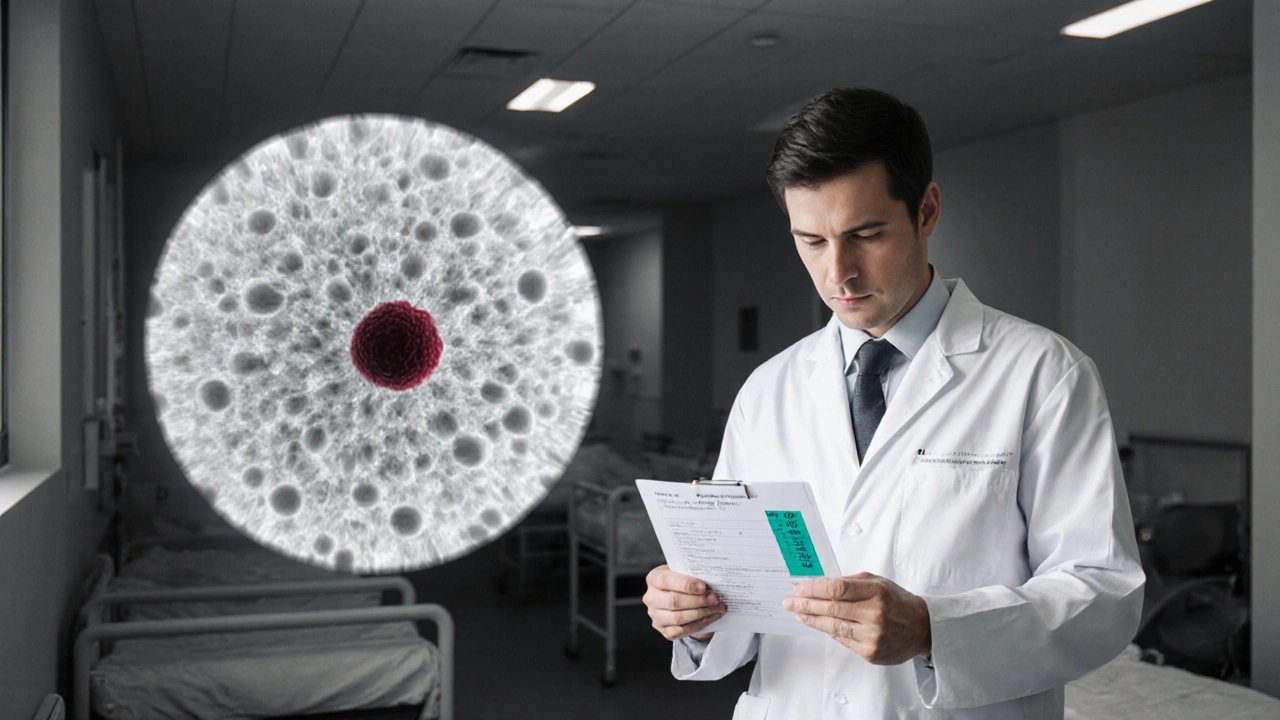CDI Treatment: What Works and What to Expect
When talking about CDI treatment, the medical approach for Clostridioides difficile infection. Also known as C. difficile therapy, it aims to stop the toxin‑producing bacteria, restore gut balance, and prevent relapse.
Key Strategies for Managing CDI
First‑line antibiotics are still the backbone of CDI treatment. Fidaxomicin, a narrow‑spectrum drug that targets C. difficile while sparing other gut bacteria. It lowers recurrence rates compared with older options. Vancomycin, given orally, is another workhorse, especially for severe cases.
When antibiotics alone aren’t enough, clinicians turn to fecal microbiota transplantation, the process of transferring screened stool from a healthy donor to the patient’s colon. FMT can reboot the microbiome, pushing out the pathogen and dramatically cutting repeat infections.
But you can’t ignore the bigger picture. Antibiotic stewardship, the practice of prescribing antibiotics only when needed and choosing the right drug, dose, and duration, directly influences CDI rates. Overuse of broad‑spectrum antibiotics wipes out good bacteria, creating a vacuum for C. difficile to thrive.
Beyond drugs, patients benefit from probiotic support, fiber‑rich diets, and strict infection‑control measures. Probiotics may help re‑populate beneficial strains, while high‑fiber foods feed those strains. Hand‑washing, surface disinfection, and isolating affected patients curb spread in hospitals and long‑term care facilities.
Recurrence is a common hurdle. Factors like older age, kidney disease, or a recent course of antibiotics increase risk. Testing stool for toxins, using severity scoring tools, and planning follow‑up labs let providers catch a comeback early. Some clinicians prescribe a tapered vancomycin or a “pulse‑dose” regimen after the initial course to keep the infection at bay.
Each patient’s story shapes the plan. A pregnant woman with CDI, for instance, needs a drug with a safe profile for the fetus, while someone with type‑2 diabetes in pregnancy must balance glucose control with infection management. The same attention to comorbidities applies to kidney disease, immune suppression, or recent surgery.
All these pieces—targeted antibiotics, microbiome restoration, stewardship, nutrition, and monitoring—fit together to form a comprehensive CDI treatment roadmap. Below you’ll find a curated set of articles that dive deeper into related topics, from managing diabetes during pregnancy to safe drug discontinuation and infection‑related skin issues. Use them to fine‑tune your approach and stay ahead of the curve.
Metronidazole for Clostridium difficile: When It Works and When to Choose Other Options
- Laura Ledas
- Aug, 17 2025
Explore when metronidazole is appropriate for Clostridium difficile infection, compare it to vancomycin and fidaxomicin, and get dosing, safety, and guideline tips.
Learn More